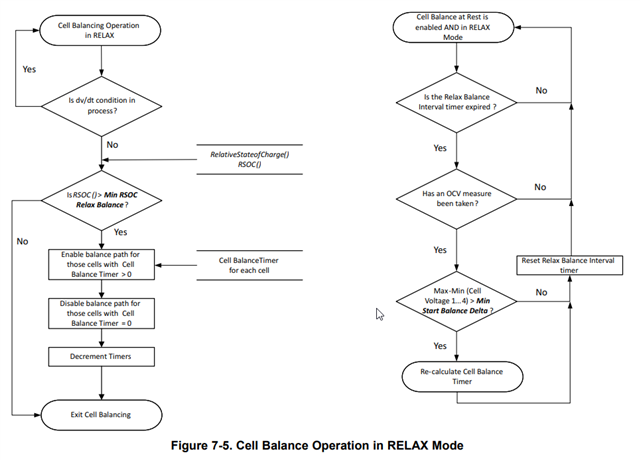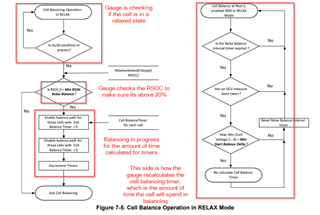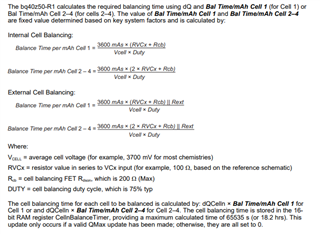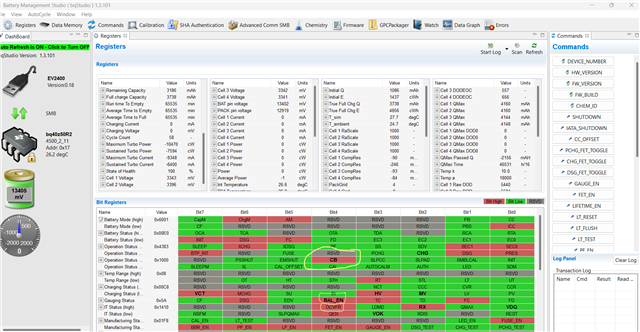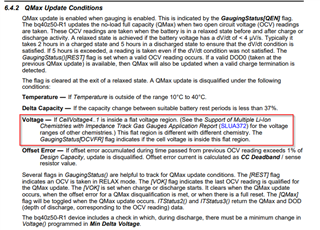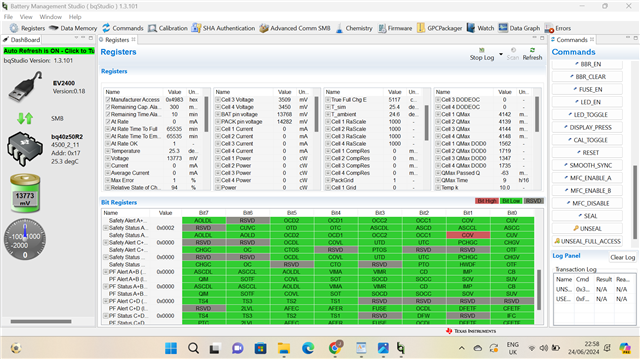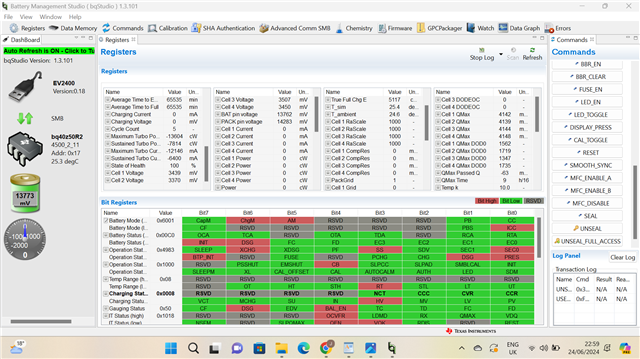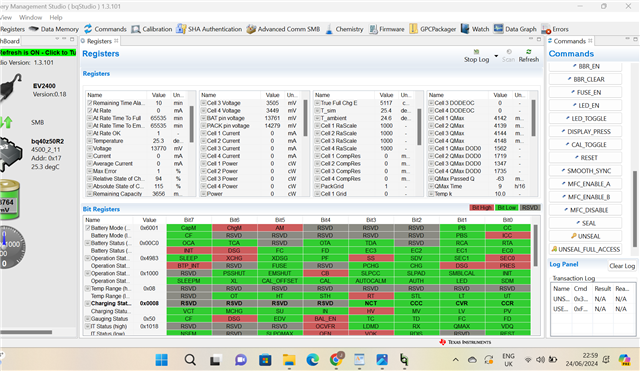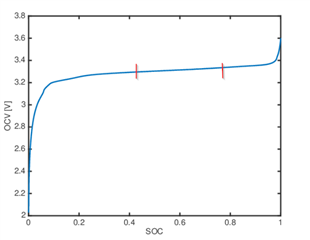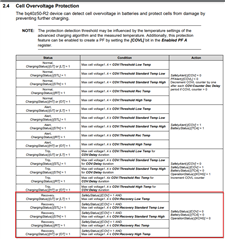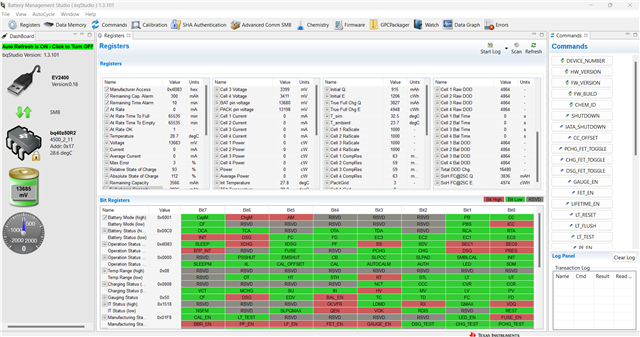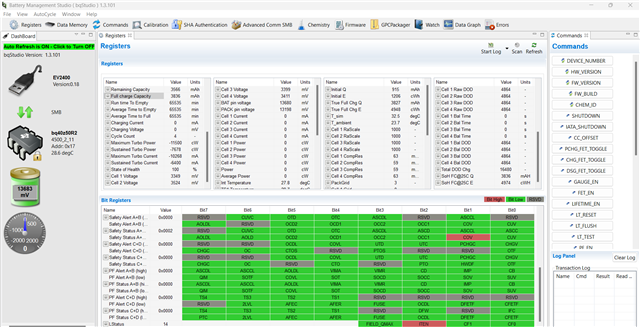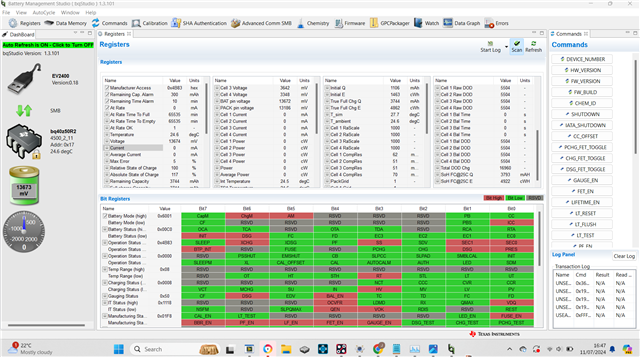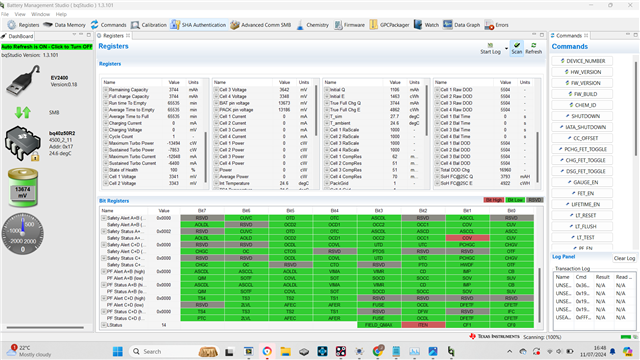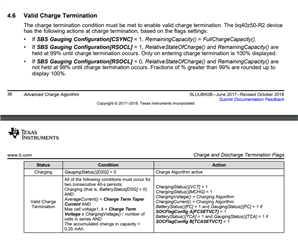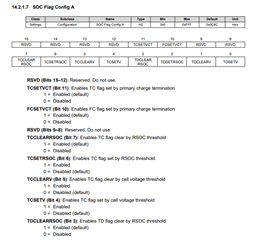Other Parts Discussed in Thread: BQ40Z50, BQSTUDIO
Tool/software:
Hi,
if anyone can please help me understand this cell balancing settings:

I've attached my Pack's setting which came from our supplier
it shows minimum RSOC to trigger cell balancing
First Question: looking at the settings i don't see one for Max RSOC cell balancing
Should this be included ???
Second question: What happens to the pack's cells outside of the Minimum and Maximum RSOC cell balancing issues
Regards
Jonathan Kabangu


